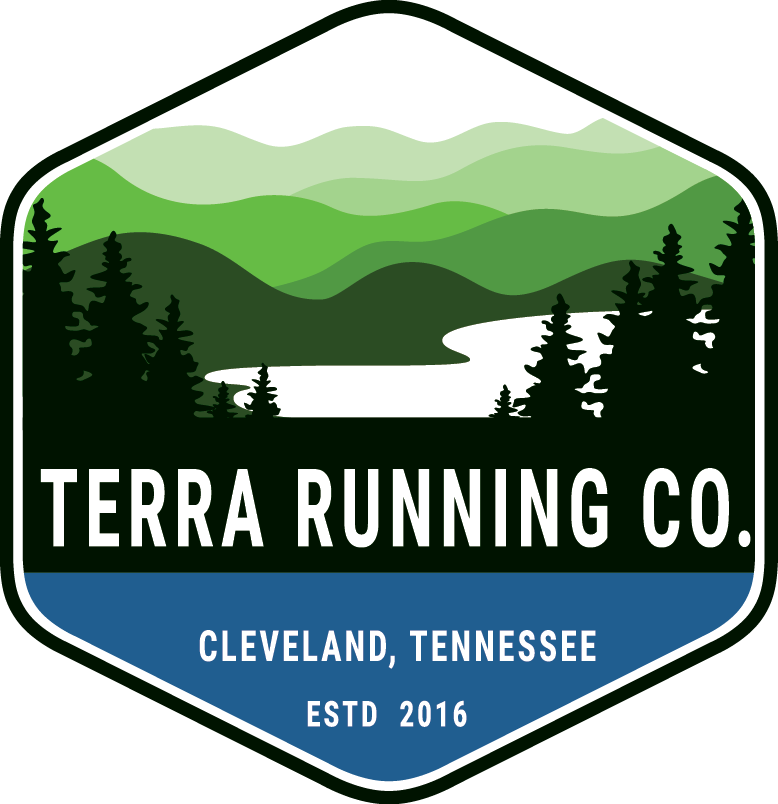Maybe Some Days Off
Go one more. There’s no need for rest days. Peak performance requires no rest. No days off.
There’s something about our society nowadays that glorifies relentless exhaustion and constant competition. One is expected to either kill their body or beat their previous performances in order to become “the best version of themself.”
Growing up playing sports, the goal was always to beat the other team, and somehow running became no different, only the other team became the run I had the day before. There was something about me that craved beating yesterday’s performance and initially believed that if I just ran a little faster and a little further, without any days off, that somehow I would become the “ideal runner.”
I was indeed very wrong.
Now there is nothing wrong with wanting to go faster, farther or to push your body to extremes, but perhaps that version of oneself contains rest. The American Council on Exercise (ACE) suggests that athletes who partake in high intensity exercises (which looks different for everyone) should schedule a rest day every seven to ten days, and possibly more frequently depending on the person.
Other studies suggest a phenomenon known as “overtraining syndrome” in which an individual can over train to an extent which could increase body fat, amplify mood disturbances, and increase a higher risk of dehydration.
How do I know my body needs rest? Signs of needed rest can include: general feelings of fatigue, various muscular aches and pains, continued decrease in performance, etc.
So am I just supposed to lay on the couch all day? Well rest looks different for everyone and is considerably harder depending on work, school, kids, etc. but a couple ways to rest well include:
Sleep! Yes, get lots of sleep! Lack of sleep is also somehow glorified in society today, but I promise your body does not enjoy it. Sleep is one of the most essential components of a body which can perform well consistently.
Go on a walk! Active recovery is one of the best ways to care for your muscles. Low-intensity active recovery permits the blood to flow throughout your muscles and tissues allowing for reduced muscle soreness and increases quicker recovery.
Stretch, stretch, stretch! Work on ways to stretch or strengthen your mobility in order to avoid future injuries. Rolling muscles out on a foam roller or using techniques involving a resistance band are great ways to stretch and strengthen your mobility.
Plan! Our weeks get busy from work, school, family, friends, sports, etc. Take time to plan your workouts for the week, as well as scheduling your next recovery day, in order to maximize that week’s goals.
Recovery days should be looked forward to rather than avoided. So yes, maybe it does go against the grain of societal achievements in exhausting one’s body, but perhaps your body doesn’t even care about societal norms. Give your body what it needs! The best athletes are strategic about rest and recovery!

